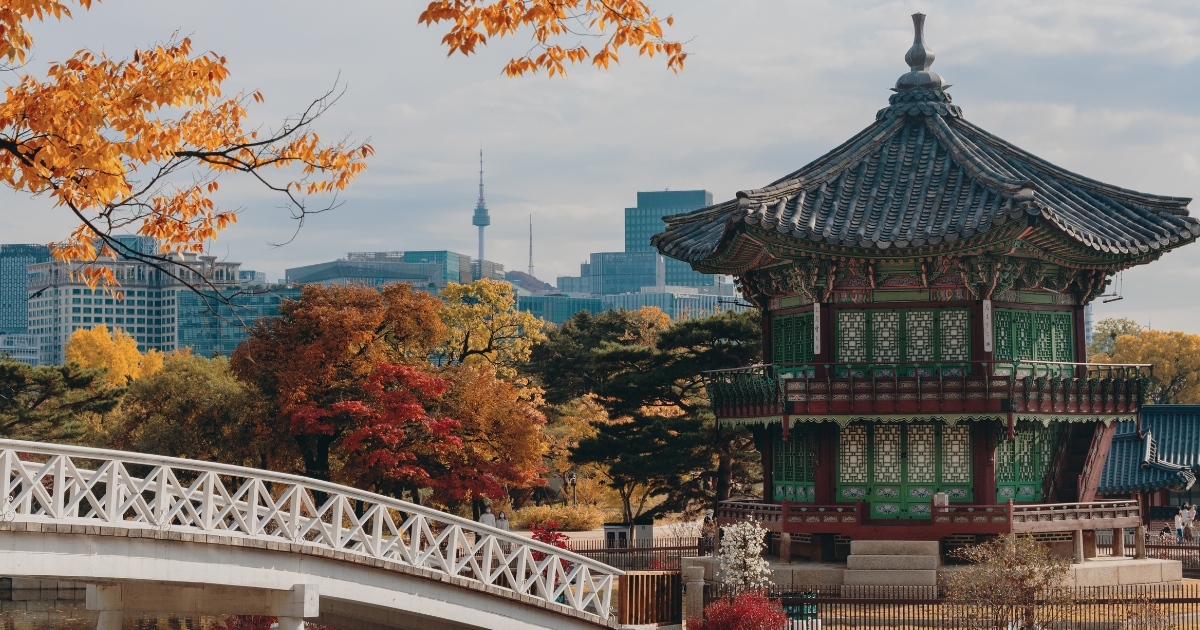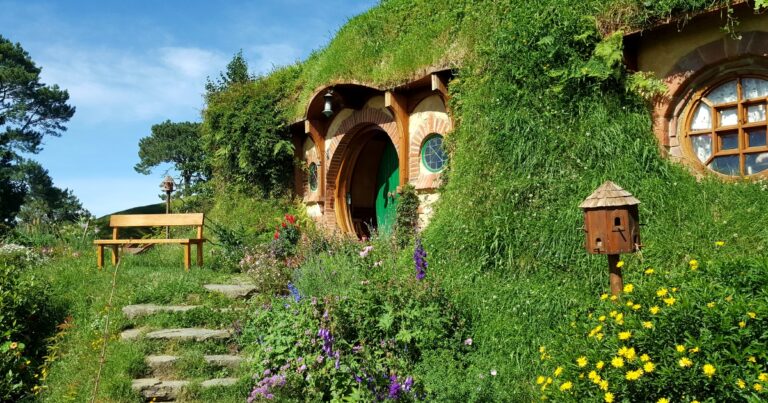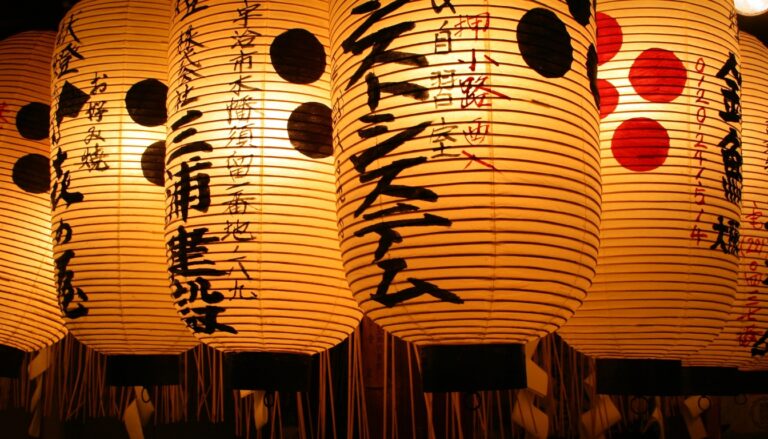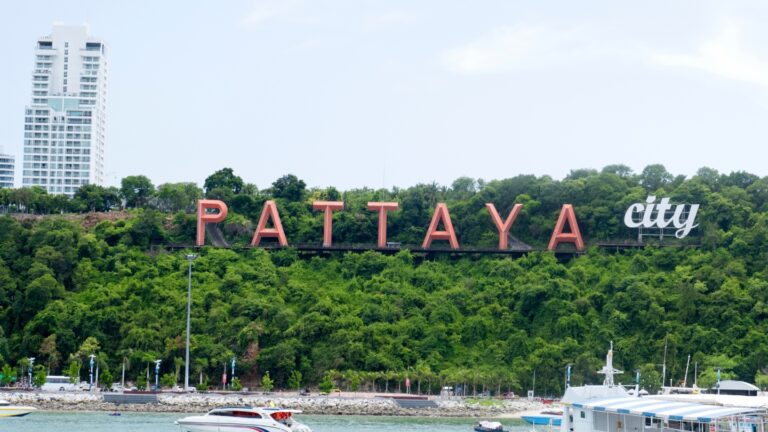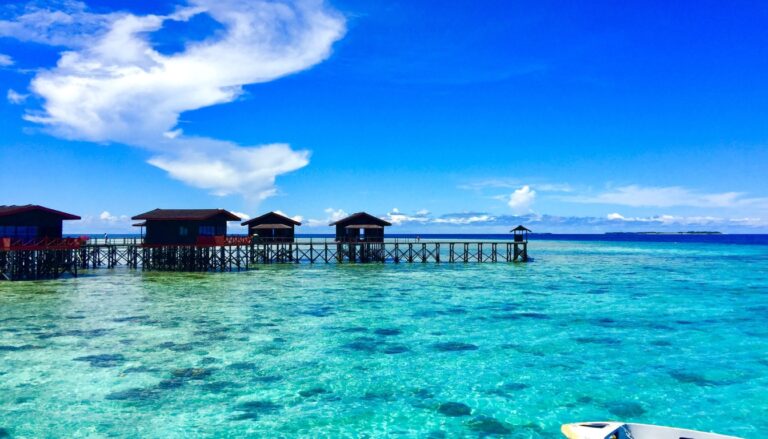Best Time to Visit South Korea? 4 Weather Secrets Exposed
Planning your South Korean adventure but feeling overwhelmed by conflicting travel advice? You’re not alone. Most travel guides oversimplify Korea’s complex weather patterns, leaving you unprepared for what’s actually waiting. The truth is, discovering the best time to visit South Korea requires understanding four crucial weather secrets that can make or break your trip.
After analyzing years of weather data and real traveler experiences, we’ve uncovered the insider knowledge that will transform how you plan your Korean journey. Whether you’re dreaming of cherry blossoms in Seoul or hiking Jeju Island’s volcanic peaks, these weather secrets will help you choose the perfect timing for your adventure.
Why Timing Your Korea Trip Matters More Than You Think
Korea’s weather isn’t just about hot and cold it’s a dynamic system that affects everything from flight prices to festival schedules. Your timing decision impacts your budget, comfort level, and access to seasonal experiences that define Korean culture.
Many travelers make the mistake of following generic “best months” advice without considering their specific interests. A photographer chasing autumn foliage has completely different weather needs than a foodie exploring street markets or a hiker conquering mountain trails.
The best time to visit South Korea depends on four weather patterns that most guidebooks gloss over. Understanding these secrets means you’ll avoid crowds when you want solitude, catch perfect weather for your planned activities, and experience Korea like a local rather than a typical tourist.
Weather Secret #1: Korea’s Hidden “Fifth Season” Changes Everything
Here’s what travel guides won’t tell you: Korea doesn’t just have four seasons it has a crucial fifth season called “jangma” or monsoon season. This 3-4 week period in mid-summer completely transforms the country and your travel experience.
When Jangma Happens: Typically runs from late June through mid-July, bringing intense rainfall and high humidity. But here’s the secret the exact timing varies by region and year, making it unpredictable for casual planners.
Why This Matters for Your Trip:
- Hotel prices drop significantly during jangma
- Tourist attractions are less crowded
- Some outdoor activities become impossible
- Indoor cultural experiences shine
- Air quality improves dramatically after rains
How to Use This Secret: If you’re flexible with dates and enjoy indoor cultural activities, jangma season offers incredible value. Museum visits, temple stays, cooking classes, and shopping districts become your playground while everyone else avoids Korea entirely.
The key is monitoring weather forecasts 2-3 weeks before your trip. Korean meteorological services provide accurate jangma predictions, letting you either embrace it or adjust your timing accordingly.

Weather Secret #2: Regional Microclimates Create Perfect Travel Windows
Most travelers think Korea has uniform weather, but that’s completely wrong. The peninsula features distinct microclimates that create perfect conditions in different regions while others experience challenging weather.
The North-South Temperature Gap: Seoul averages 5-7°C warmer than Busan in winter, but Busan stays cooler in summer. This temperature differential creates strategic travel opportunities.
Coastal vs. Inland Differences: Coastal cities like Busan and Incheon experience milder temperature swings, while inland destinations like Daegu face more extreme seasonal variations.
Mountain Region Secrets: Areas like Gangwon Province and Jeju Island operate on completely different weather patterns. Jeju stays warm when mainland Korea freezes, while mountain regions offer cool escapes during sweltering summers.
Your Strategic Advantage: Plan multi-city itineraries that chase optimal weather. Start in warmer southern regions during shoulder seasons, then move north as temperatures equalize. Winter trips work brilliantly when you begin in Jeju’s mild climate before heading to Seoul’s winter wonderland.
Regional Timing Examples:
- Cherry blossoms bloom 2-3 weeks earlier in Busan than Seoul
- Fall foliage peaks 2-4 weeks later in southern regions
- Beach season extends into October in Busan while Seoul becomes chilly
- Skiing conditions start earlier in Gangwon Province mountain areas
Weather Secret #3: Seasonal Wind Patterns Affect Air Quality and Comfort
Korea’s air quality dramatically impacts your travel experience, and it follows predictable seasonal wind patterns that smart travelers use to their advantage. Understanding these patterns helps you breathe easier and enjoy clearer photography conditions.
Spring Wind Challenge: March through May brings yellow dust storms from China’s deserts, creating hazy conditions and potential respiratory issues. However, this same period offers the most comfortable temperatures and famous cherry blossoms.
Summer Monsoon Benefits: Those summer rains we mentioned earlier? They wash away months of accumulated pollution, creating Korea’s clearest air quality of the year. Post-monsoon August and September offer crystal-clear mountain views and brilliant blue skies.
Winter Wind Advantages: Cold Siberian winds bring frigid temperatures but also blow away pollution, creating surprisingly clean air. Winter photography conditions can be spectacular on clear days.
Fall’s Sweet Spot: October typically offers the perfect combination of comfortable temperatures, clear skies, and excellent air quality—but everyone knows this, so expect crowds and higher prices.
How to Optimize Your Experience:
- Check Korea’s Air Quality Index before finalizing dates
- Pack appropriate masks for spring travel
- Plan outdoor activities for post-rain periods
- Use winter’s clear days for mountain excursions and city photography
- Book accommodations with air purifiers during questionable air quality periods

Weather Secret #4: Festival and Cultural Event Weather Dependencies
Korean festivals and cultural events aren’t just scheduled randomly—they’re timed around traditional weather patterns that create optimal conditions. Understanding this connection helps you experience authentic Korean culture while enjoying perfect weather.
Spring Festival Timing: Cherry blossom festivals follow bloom predictions, but traditional spring festivals like Buddha’s Birthday (May) are scheduled for historically mild, pleasant weather periods.
Summer Festival Strategy: Major summer festivals like Boryeong Mud Festival and Seoul World Music Festival happen during monsoon breaks—periods of clear weather between rain cycles that locals have recognized for generations.
Autumn Harvest Connections: Fall festivals celebrating harvests and autumn colors are timed with traditional weather patterns that ensure clear skies and comfortable temperatures for outdoor celebrations.
Winter Cultural Events: Temple stays, traditional craft workshops, and indoor cultural experiences peak during Korea’s coldest months when outdoor activities become challenging.
Your Cultural Weather Strategy:
- Research festival weather histories, not just dates
- Book accommodations early for autumn festival periods
- Plan temple stays and cultural workshops for winter visits
- Use spring’s variable weather as backup indoor activity timing
- Follow local weather apps to catch perfect festival conditions
How to Choose Your Perfect Korea Travel Window
Now that you understand Korea’s weather secrets, here’s how to determine the best time to visit South Korea for your specific travel style:
For Photography and Nature Lovers: Late September through early November offers the perfect combination of clear air, comfortable temperatures, and stunning fall colors. Avoid peak autumn crowds by choosing the first two weeks of October.
For Budget Travelers: Late June through early August provides significant savings on accommodations and flights. Embrace monsoon season’s indoor cultural experiences and post-rain clarity.
For Cultural Enthusiasts: March through May offers the richest festival calendar, but prepare for variable weather and air quality. Pack layers and indoor backup activities.
For Food and City Exploration: Late August through September combines post-monsoon air clarity with comfortable walking temperatures. Street food season peaks, and outdoor markets thrive.
For Beach and Coastal Adventures: July and August offer warm ocean temperatures, but September extends beach season with fewer crowds and clearer skies.
Making Your Weather-Smart Korea Plan
The best time to visit South Korea isn’t a single month—it’s the period that aligns with your priorities while leveraging these weather secrets. Your perfect timing considers temperature preferences, crowd tolerance, budget constraints, and planned activities.
Start by identifying your must-do experiences, then match them with optimal weather windows. Build flexibility into your itinerary to adapt to Korea’s dynamic weather patterns, and always have indoor alternatives ready.
Remember, Korea’s weather secrets create opportunities for unique experiences that rigid travel planning misses. Embrace the country’s seasonal rhythms, and you’ll discover a side of Korea that most tourists never see.
Your Korean adventure awaits, and now you have the weather wisdom to make it absolutely perfect. Whether you choose spring’s blossoms, summer’s festivals, autumn’s colors, or winter’s cultural depth, you’re equipped with the secrets that transform good trips into unforgettable journeys.

